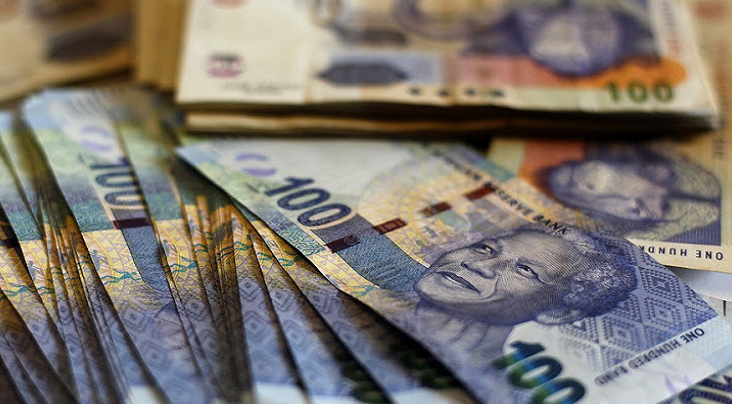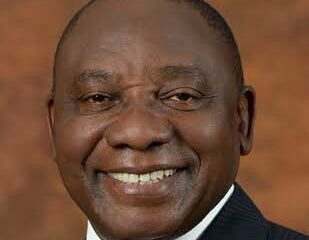Business
Rand Gains Ground as US Jobs Data Fuels Hopes for Interest Rate Cuts

South Africans watching the rand over the past week got a rare bit of good news: the local currency is flexing some muscle against the dollar, thanks to surprisingly weak payroll numbers out of the United States. And with the US Federal Reserve now on track to slash interest rates as early as this month, the ripple effect could give the South African Reserve Bank (SARB) more space to cut rates at home.
Why the US Jobs Report Matters in South Africa
At first glance, America’s job numbers might seem like a faraway concern. But the US economy often sets the tone for global markets, and last week’s payroll data rattled expectations. The US added just 22,000 jobs in August, well below the 75,000 economists had forecasted. That single miss was enough to tilt market sentiment toward a 100% chance of a Fed rate cut this September.
The immediate reaction? The dollar slipped, and the rand pounced, strengthening to R17.52/$, hovering at the resistance line of R17.50. For many South Africans, accustomed to watching the rand stumble under the weight of domestic challenges, even this modest gain was a welcome break.
Analysts See a Chain Reaction Coming
Investec’s chief economist Annabel Bishop says the rand’s boost is closely tied to expectations that the US will not only cut rates now but could deliver another two cuts before the year is outin October and December. That would weaken the dollar further, giving emerging market currencies like the rand some breathing room.
“The US and South Africa are both still in interest rate cut cycles, but the US is set to cut its interest rates significantly more than the Reserve Bank,” Bishop explained. “This may allow for further rand strength.”
David Rees, Head of Global Economics at Schroders, echoed the sentiment but urged caution. He pointed out that while cuts look certain in the short term, the US economy has shown signs of resilience and hiring could pick up again quickly.
What This Means for Interest Rates in South Africa
Back home, the SARB has been treading carefully, caught between the need to support a sluggish economy and the risk of narrowing the interest rate gap with the US too much, a move that could put fresh pressure on the rand.
Still, Bishop believes that if the Fed trims rates by 75 basis points in the coming months, the SARB could respond with at least one more 25bp cut this year, likely at its November meeting.
The Reserve Bank’s next policy decision lands just one day after the Fed’s announcement this month, setting up an interesting test of how closely local monetary policy will shadow global developments.
The Catch: Inflation and Domestic Pressures
While a stronger rand and lower borrowing costs would be celebrated by consumers and businesses alike, there are storm clouds. The SARB has its eye fixed on reaching its 3% inflation target. That’s a long-term goal that could restrain aggressive rate cuts, especially with inflationary risks still looming large.
From Eskom’s ongoing tariff hikes to unpredictable swings in global oil and food prices, South Africa is hardly shielded from shocks that could force the Reserve Bank to hold its fire, even if the Fed goes all in on cuts.
Public Reaction: Relief, but with Skepticism
On social media, South Africans responded to the rand’s gains with cautious optimism. Some joked about finally being able to “breathe when checking the dollar rate,” while others pointed out that unless those gains translate into lower fuel and food costs, the stronger rand is little more than numbers on a chart.
Economists, meanwhile, remain divided. Bulls are penciling in at least one more rate cut this year, while pessimists warn that the SARB may hold steady until 2027.
A Fragile Win for the Rand
For now, the rand’s recent performance is a reminder of just how connected South Africa’s fortunes are to global forces. If the US Fed follows through on cuts, it could give the local currency a lifeline and allow the SARB to ease pressure on households and businesses. But as always, the South African economy will be at the mercy of both international winds and its own domestic storms.
{Source: BusinessTech}
Follow Joburg ETC on Facebook, Twitter , TikTok and Instagram
For more News in Johannesburg, visit joburgetc.com


























